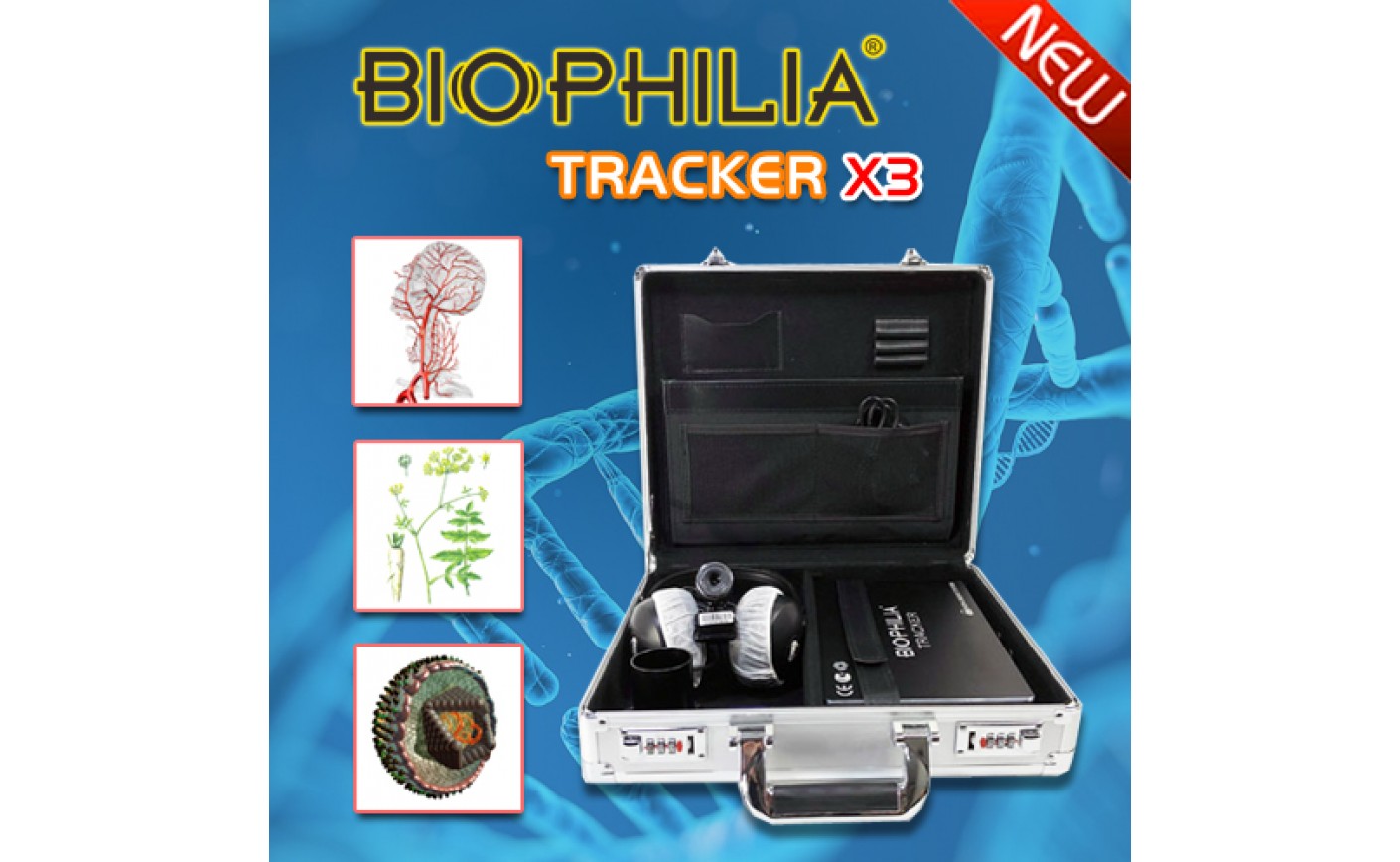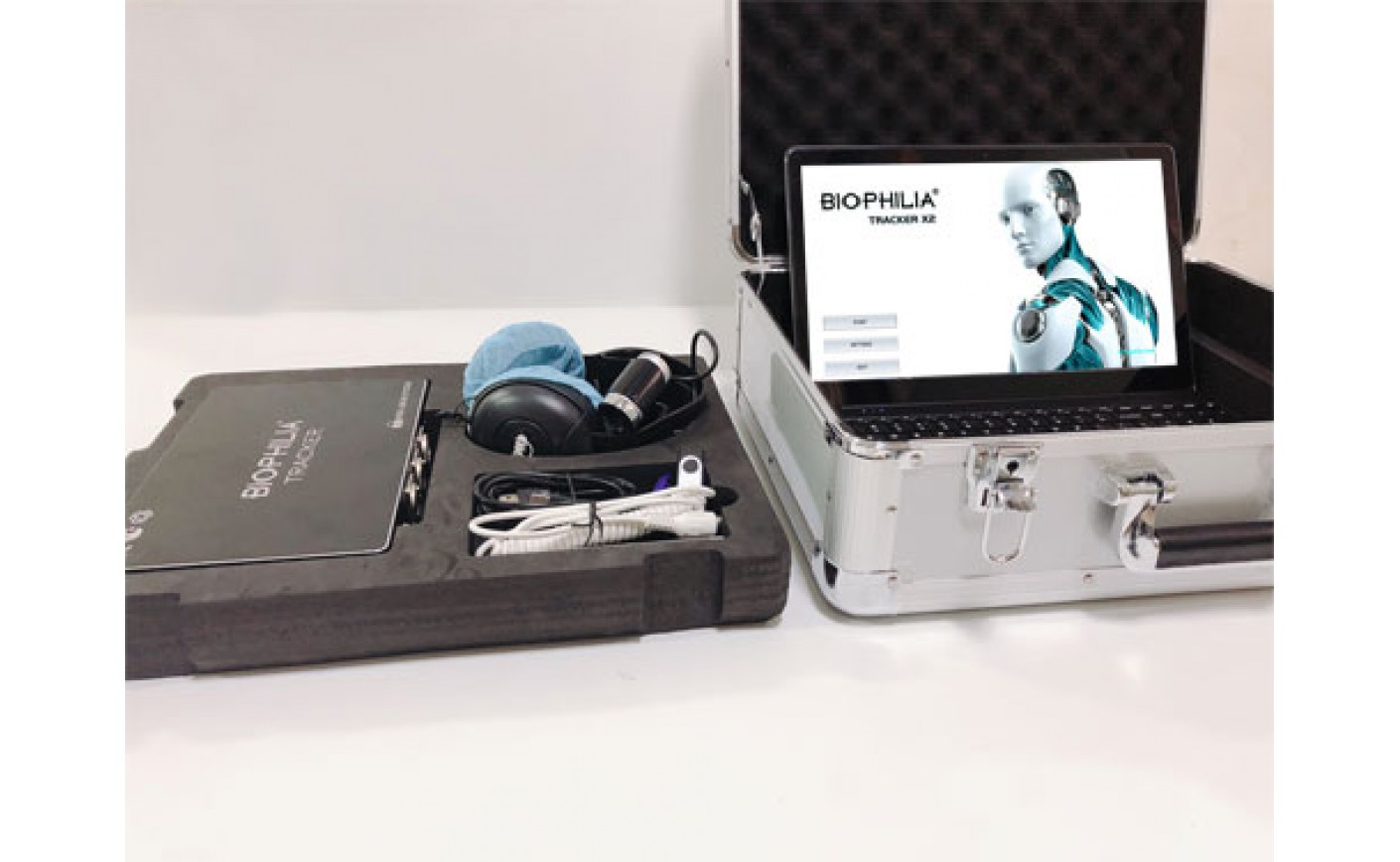Biophilia NLS And Non-linear Technology Development
The first decade of the new century was marked by considerable extension of NLS-technologyŌĆÖs diagnostic features, first of all by means of new technologies introduction and using the ultra-high performance computers. Such concepts as NLS-ultramicroscopy, non-linear spectral and entropic analysis have become customary in many clinics. Together with development of inexpensive portable digital NLS-systems, the scope of their application will be extended also; improvement in communication means that capabilities will provide transmission of live pictures to medical consulting centers at any place on Earth. Pragmatic market of 3D-visualizing diagnostic technologies will be formed gradually by means of harmless non-ionizing methods, allowing to fulfill multiple dynamic researches, i.e. NLS-technologies undoubtedly will come to the fore.
Non-linear (NLS) diagnostics, based on a new physics of quantum-entropic interaction, allows acquiring the maximum information about gravity, maturity and intensity of functional changes in the human organism during medical check-up. In the majority of cases, the application of this technology has a principle meaning for diagnosing and therefore for choosing the proper treatment course. Thereby, developing of this method has become a great improvement in the diagnostic medicine. Using the principle of NLS-diagnostics and taking as the basis the researches of academician Svyatoslav Pavlovich Nesterov, who invented the underlying trigger sensor, at the beginning of 90ŌĆÖs of the last century, Biophilia NLS is designed. Clinical trials of the first systems were carried out in the period from 1992 to 1999. The beginning of the new century was marked with quick growth of commercial manufacturing of systems and significant improvement of acquired resultsŌĆÖ quality.
Development of NLS-technologies cannot be separated from the main problems of medicine ŌĆō reasons of diseasesŌĆÖ development, their early diagnostics and objectivization of treatment efficiency. Despite decreasing of cardiovascular diseases' mortality rate (according to the world statistics), the situation around ŌĆ£epidemic no. 1ŌĆØ still remains unfavorable. Constant growth of oncological and hereditary pathologies is being registered. In the modern world, protective, less invasive, bloodless surgery goes together with therapy which becomes more and more ŌĆ£aggressiveŌĆØ. And if we take into account that our civilization is technogenious, it is quite possible that humanity will face new and unknown diseases in the future. With this background, the development of diagnostics methods goes on and NLS-researches should be one of the most significant among them.



